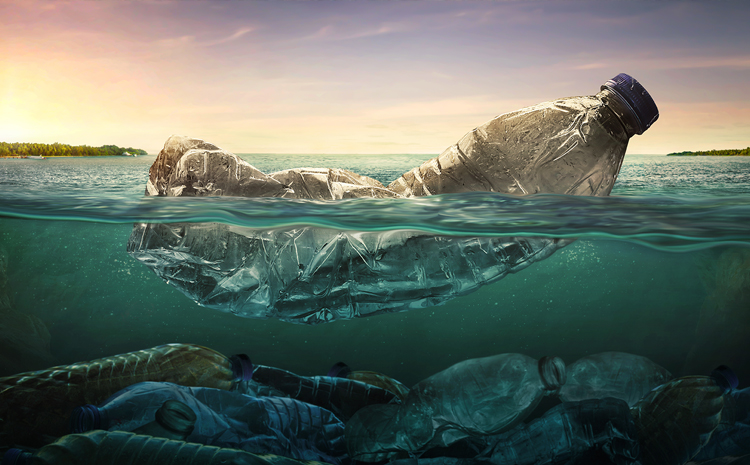How do socioeconomics contribute to coastlines littered with garbage?

The problems posed by marine debris are more prolific and specific than picking up a discarded bottle or cigarette butt on the beach. While these actions are helpful, they don’t delve deep enough into the much broader socio-economic issues that underpin who litters, where and why.
Just a few weekends ago, Texas A&M University at Galveston’s Meri Davlasheridze was enjoying a sunny afternoon on campus’ Shell Beach. But Davlasheridze, an assistant professor in the Department of Marine and Coastal Environmental Science, was shocked by the amount of debris and plastic she gathered in such a small period of time during her brief beach outing.
“It correlated directly to my research and it truly was just sad,” she remembered.
Along with colleague Instructional Assistant Professor Nikolaos Mykoniatis of the Department of Maritime Business Administration and former graduate student Alisha Chhabra, Davlasheridze co-authored a paper published last month in the Marine Environmental Research journal titled, “Socioeconomic drivers of marine debris in North America.”
The project itself was actually main author Chhabra’s graduate thesis in the Master of Marine Resources Management degree program, housed in the Department of Marine and Coastal Environmental Science.
The team’s findings were made possible in part by a new National Oceanic and Atmospheric Administration (NOAA) initiative called the Marine Debris Monitoring and Assessment Project (MDMAP), wherein citizen scientists are encouraged to participate in marine debris assessment surveys.
“A significant contribution from this research concerns bridging the gap between policy and scientific studies, lack of data is a reason why we’ve had difficulty doing so,” she explained. “But this new NOAA program invites different locations along the coast to participate and asks coastal cities to survey sections of beaches and record what kind of trash they come across. Alisha used these data sets and overlapped it with socioeconomic data from the U.S. Census Bureau and other government sources.”
The overall finding was that the marine debris pollution is truly anthropogenic, meaning human-caused.
The empirical evidence from the data supported a hypothesis known as the Environmental Kuznets Curve (EKC). The EKC model shows that at an early stage of economic development within an area, the amount of pollution significantly increases because the population’s main concern is with finding jobs and stability, not the environment.
However, this relationship reverses with the rise of income. As the population is able to secure economic security, the focus shifts to showing more concern for the health, status and image presented by the surrounding environment.
The data also showed a strong relationship between social capital and marine pollution.
“We measured social capital using an index developed by researchers at Pennsylvania State University. Care for some of the common good, value of community, and more concern for the environment from a socio-economic standpoint shows where people fall on this index,” said Davlasheridze. “It just goes to further show that social capital constitutes civic engagement and behaviors that could affect all types of debris or pollution, including marine debris.”
Another factor is education. Davlasheridze says there is a data-backed correlation between a more educated population and less pollution overall.
“This is notable because it shows how we could encourage certain areas to target school-aged kids and begin education earlier, and also incorporate more environmental-based education,” she said.

